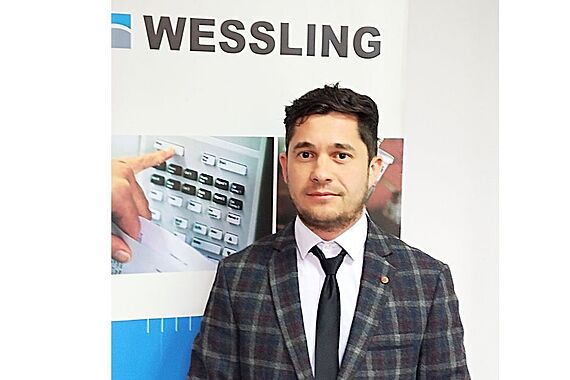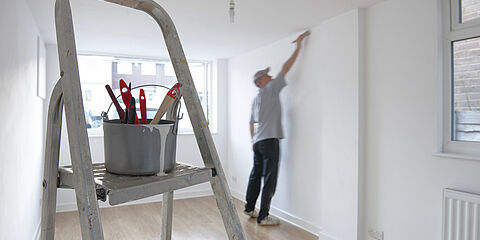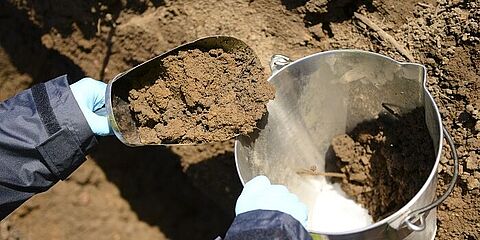Checking and ensuring air quality in office buildings
Any office building or real estate project must be sustainable, efficient in terms of energy and water consumption and ensuring and maintaining the internal health conditions for the occupants.
Clean air is a basic requirement of life
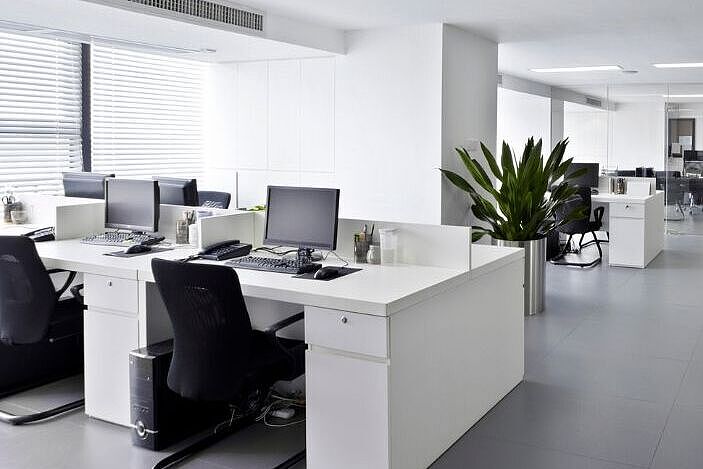
Indoor air quality (IAQ) is a determining factor in the health and well-being of the population. In modern societies, people spend an average of 90% of their time indoors, such as at home, at work, at school, and in vehicles, where they are repeatedly exposed to indoor air pollutants (US Environmental Protection Agency). Air in homes, offices, educational institutions and other commercial and industrial buildings can be two to five times more polluted than outside air and, in exceptional cases, even 100 times more polluted. The health effects of indoor air pollutants may be experienced shortly after exposure or possibly years later. There is no single way in which health problems occur and affect. Symptoms may occur as workers enter offices and diminish as workers leave the premises, or may continue until the disease is treated. Symptoms of the disease can occur in several workers in a single building, or can be identified in individual workers.
Sources of pollution
Some sources, such as building materials, furniture can release pollutants continuously (asbestos, formaldehyde). Other sources related to activities such as smoking, cleaning, redecorating or malfunctioning office appliances that release pollutants intermittently. Substances of natural origin, such as radon maintained by insulation works, sealed windows, poor ventilation of rooms lead to an unobservable increase in the concentration of radon inside. Dirty ventilation systems or damaged water walls, ceilings and carpets favor contamination with allergens, endotoxins, mold.
ADVANTAGES of verification of indoor air quality
- Advantage for rent or sale for tested and labeled buildings, which are environmentally friendly and do not harm health and ensure the comfort of the occupants
- Cost optimization by helping to choose the different tests to be performed
- Interpretation of results according to specific international regulations, especially those of the United States which are among the most developed at the moment
- Ability to label your office space with the WESSLING label, a guarantee of quality
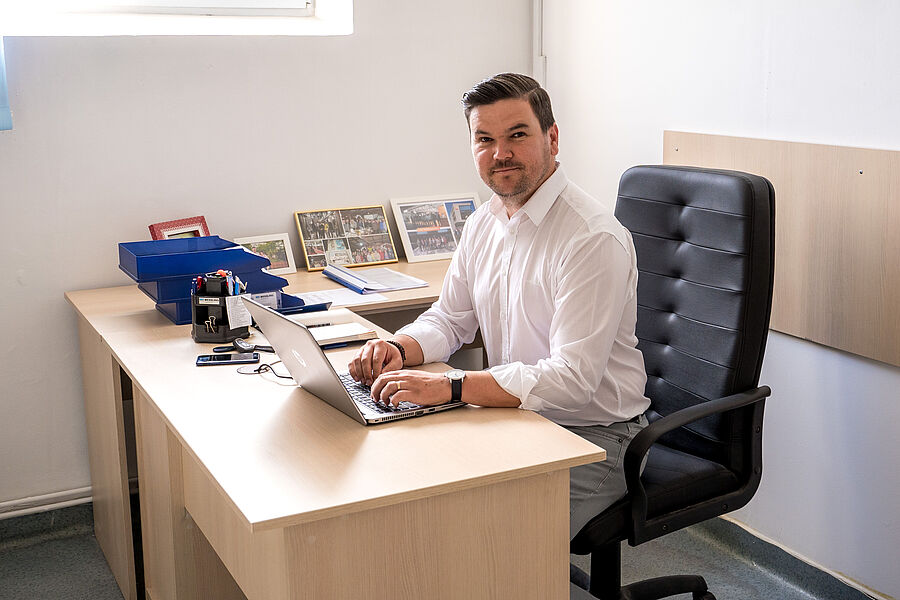
“Air quality in office buildings can significantly affect the health, productivity and well-being of indoor occupants. Employees generally have less control over the indoor environment in their offices than in their homes. The WESSLING analysis report is a good guide to the steps that need to be taken to improve indoor air quality, which will lead to increased comfort and health. We recommend that the analysis be performed by the owners of large office buildings or by each employer with a frecvency twice a year (in the cold season, respectively in the hot season) or after resuming the activity in that space, to determine the safety of employees” - said Ioan POP , manager of the Environmental Protection Division of WESSLING Romania.
Our services
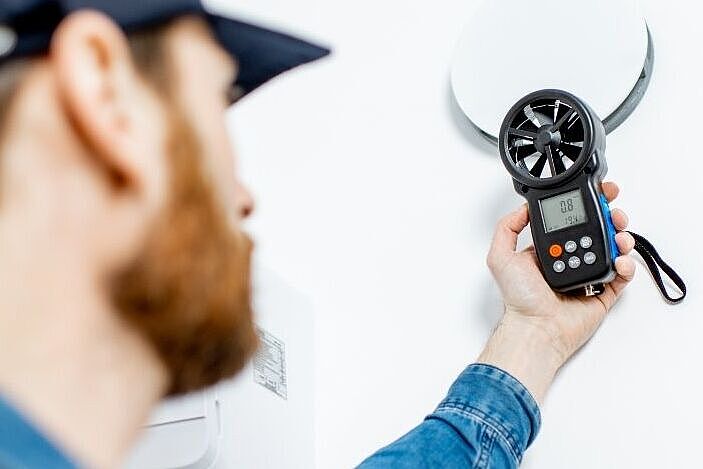
In the field of environmental protection, WESSLING Romania offers a complete range of quality analyzes and recommendations, recognized on the international market, such as:
- Validated sampling and analysis method
- Comparable results recognized by regulators and insurance companies
- Investigations into the efficiency of ventilation / air conditioning systems
- Investigations regarding microbial contamination
- Determinations of dust and dust constituents such as metal and quartz compounds
- Determination of inorganic gases and vapors such as acids, ammonia, fluorides and hydrofluoric acid
- Determination of organic gases and vapors such as solvents, alcohols, aromatic volatile hydrocarbons, halogens and formaldehyde
- Determining the potential for danger by specific determinations of indoor air quality
- Indoor air quality reports
Your contact
- Alin Moldovan
- +40 752 062 395
- alin.moldovan@wessling.ro
